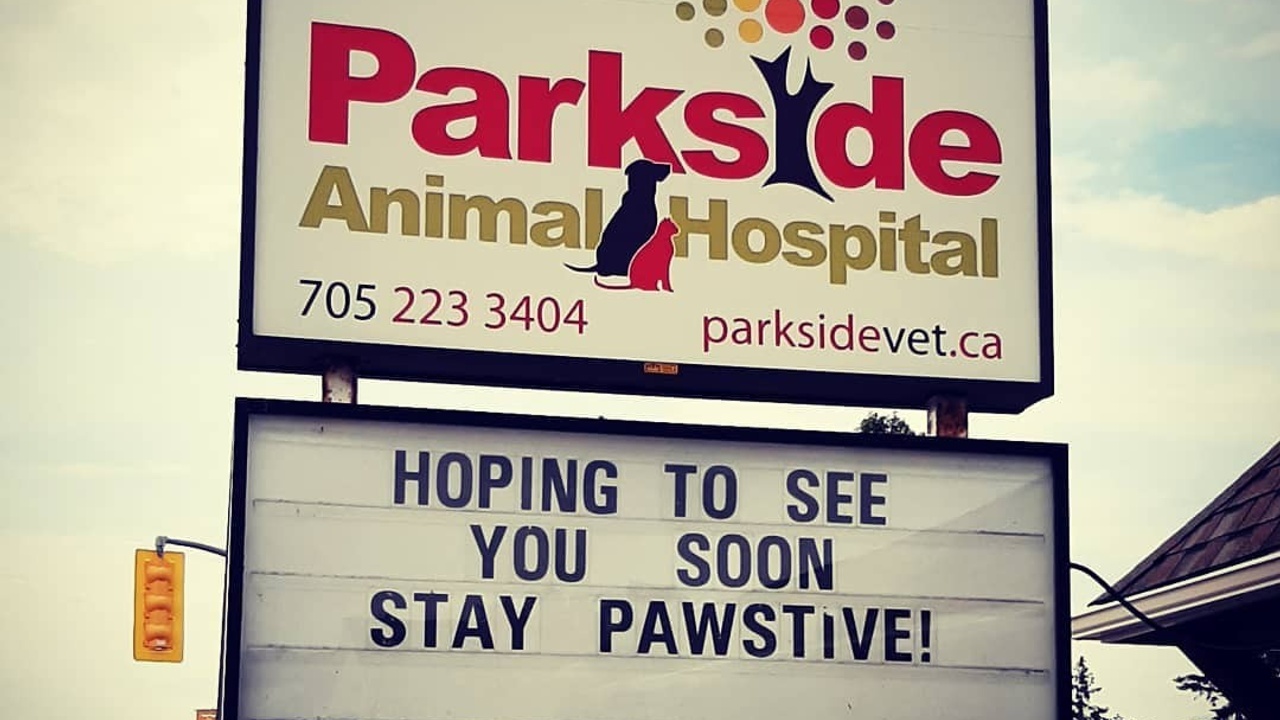When the going gets tough, how do you get going? - A Key's To Life On Earth Blog Post

I recently took a Resilience assessment.
I love assessments. I always go in to them thinking they will reveal something about me that will explain everything, give me the instruction to living I’ve been missing all my life and I will live happily ever after.
Hey. A girl can dream.
The assessment, developed by Resilience Alliance and administered by StarlingBrook Leadership Consulting, measures seven characteristics (or muscles) that resilient people draw on when faced with challenging and stressful situations.
The seven are:
Positivity – Resilient individuals effectively identify opportunities in turbulent environments.
Confidence – Resilient individuals believe they can succeed in the face of uncertainty.
Priorities – Resilient individuals have a clear vision of what they want to achieve and use this as a guide when they become disoriented.
Creativity – Resilient individuals generate a wide range of ideas and approaches for responding to challenges.
Connection – Resilient individuals draw readily on others’ resources for assistance and support.
Structure – Resilient individuals effectively develop and apply systems, processes, and structures when dealing with challenges.
Experimenting – Resilient individuals initiate action in the face of disruption, taking calculated risks rather than seeking the comfort of the status quo.
To be clear, few of us score high on ALL of the characteristics. But everyone has their go to.
What struck me reading through them is that they are mostly about mindset. Research bears this out.
Clinical psychologist at Columbia University George Bonanno has been studying resilience for nearly twenty-five years. He found that one of the central elements of resilience is perception: Do you see an event as traumatic, or as an opportunity to learn and grow?
When the going gets tough, resilient individuals may fall to their knees and shake their fist at the sky, but they get up, brush the dust off their knees and get to work. Maybe they identify priorities and generate ideas. Maybe they draw on support from others. Maybe they develop systems and initiate action. Maybe they believe in themselves and have a clear vision of where they’re going.
But chronic stress – such as the kind we’ve been living under the last 18 months – can deplete even your strongest muscles. You can only generate so many ideas before your well runs dry. Over-relying on others can lead you to lose confidence in your own judgement. Overusing my ability to structure leads to unleashing my controlling perfectionist. Burnout sets in.
Executive coach and founder of Starlingbrook, Christine Burych told us that just as physical muscles can be strengthened, resiliency muscles can be developed. If I intentionally develop rarely used resilience muscles, I can give my overused ones a break.
Okay. Here goes: full disclosure time.
My lowest score was Positivity. In other words, this is not my go-to. Nope-nosiree. Instead of seeing silver linings, I become easily discouraged by cloudy skies. I worry and fuss and overthink until all I can do is curl up with a bag of kettle corn and crappy reality TV.
Please don’t judge me.
When I told Christine about my low positivity score, she asked: “What core beliefs keep you from drawing on positivity?”
That’s easy. My core belief is The Other Shoe Will Always Drop.
When bad things happen, I’m the one cheering “I knew it!”
When good things happen, I’m the one mumbling “Wait for it…” while setting my radar on finding the other shoe. I know it’s already dropping and I don’t want it hitting me upside the head when it does. I’d rather feel vindicated than disappointed. While everyone is celebrating, I’m making contingency plans for when the sky falls. My therapist calls this “rehearsing future hurts”.
You can see why my positivity score is so low.
Neuroscientist Kevin Ochsner has shown that learning to think of challenging situations in different ways can change our experience.
While it is true that bad things happen, it is also true that good can come of it. If I want to develop the positivity resilience muscle, I need to recalibrate my radar to look for evidence of silver linings. I need to be brave and open my mind to the possibility that if shoes drop, it will be a killer pair of red vintage Mary Janes.
So I came up with this challenge for myself:
For 30 days, I will actively look for silver linings. I will set my radar to finding evidence of the sun behind the clouds. For accountability, I will post my journey on Instagram.
I would love some inspiration (and could use some help) so why not join me for a day here and there? Or the full 30 days if you’re crazy brave!
Tag me (@HospitableAlien) on your instagram posts. Or e-mail me your silver lining stories at [email protected].
Allons-y!
Love,
The Hospitable Alien
Read the article and visit the Keys To Life On Earth blog here!

